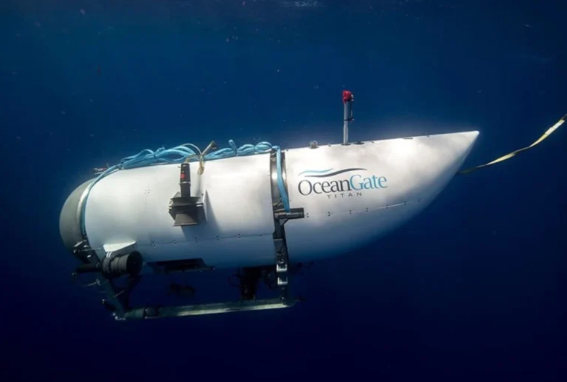Stockton Rush, CEO of OceanGate, once remarked, “There are three words in the English language which are known throughout the planet: Coca-Cola, God, and Titanic.” His fascination with the Titanic wreckage, lying about 12,500 feet below the Atlantic Ocean, led him to create a business offering history enthusiasts a chance to visit the famed ship’s remains.
OceanGate’s Ambitious Beginnings
Stockton Rush’s childhood dream was to be an astronaut, aiming to be the first person on Mars. This ambition guided his path through Princeton University, where he graduated in 1984 with a degree in aerospace engineering. Rush’s career saw him working as a flight test engineer and later running a company that developed wireless remote controls.
Despite his ventures in aviation and technology, Rush’s passion for deep-sea exploration grew. Unable to buy a submarine due to scarcity, he decided to build his own, leading to the creation of OceanGate in 2009. His vision was not only to explore the ocean depths but also to commercialize these expeditions, offering tickets for deep-sea dives.
Building the Titan
The Titan, a carbon fiber and titanium-hulled submersible, was the culmination of Rush’s dream. This 22-foot, 23,000-pound vessel was designed to take passengers to the Titanic wreck for $250,000 per ticket. However, many in the marine field expressed concerns about the Titan’s design and safety.

Critics, including former colleagues like Rob McCallum, warned Rush about the potential dangers, comparing the sub’s fate to that of the Titanic itself. Despite these warnings, Rush remained confident in the Titan’s safety and continued with his ambitious plans.
The Deadly Descent
On June 18, 2023, the Titan embarked on what would be its final voyage. Aboard were Stockton Rush, businessman Hamish Harding, Titanic enthusiast Paul-Henri Nargeolet, businessman Shahzada Dawood, and his son, Suleman Dawood. The journey, expected to last about eight hours, turned tragic when contact with the submersible was lost.

Hours later, the Navy detected an implosion on their acoustic systems. Despite a frantic search and rescue effort, it became clear that the Titan had met a catastrophic end. The implosion, likely instantaneous, left no chance for survival for those on board.
Analyzing the Disaster
The cause of the Titan’s implosion remains under investigation. The vessel’s design, particularly its use of carbon fiber—a material known for its volatility under compression—has been heavily scrutinized. The Titan’s elongated shape, unlike the more pressure-resistant circular designs of other submersibles, may have also contributed to its failure.
Criticism extended to the submersible’s control system, which relied on a modified video game controller. This highlighted the perceived lack of sophistication and safety in the Titan’s design.

Prior to the disaster, the Titan had encountered several issues during test dives, including thruster control and onboard computer failures. These problems raised concerns about the sub’s reliability and Rush’s approach to safety. His infamous quote, “At some point, safety just is pure waste,” now serves as a haunting premonition of the tragedy.
Conclusion
The OceanGate Titan submersible disaster is a somber reminder of the risks involved in pushing the boundaries of exploration. The tragedy has left many questions unanswered and has cast a spotlight on the importance of rigorous safety standards in such ventures. Stockton Rush’s dream of deep-sea exploration, though ambitious, ultimately ended in heartbreak, underscoring the need for caution and respect for the immense forces of nature.
